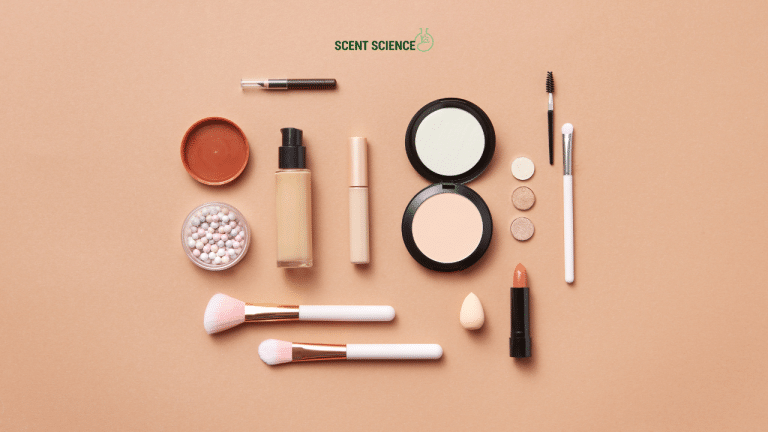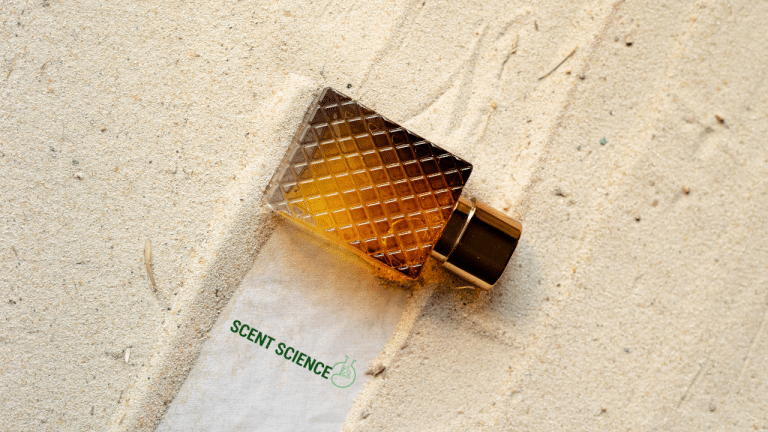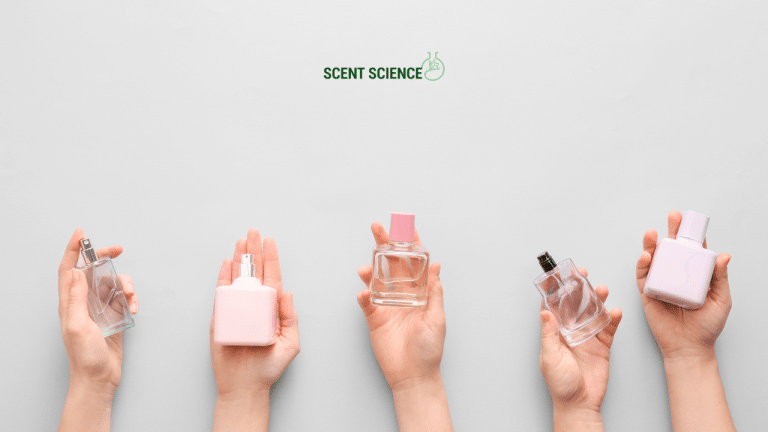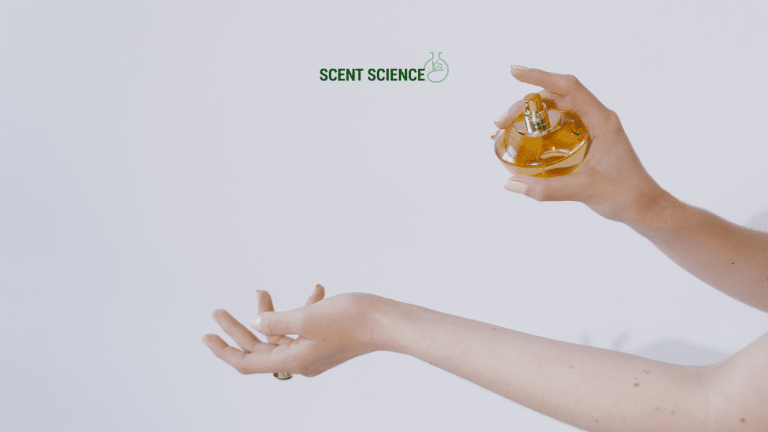Ever wondered if our perfume habits could be kinder to the environment? Well, you’re not alone. As sustainability becomes more than just a buzzword, many of us are looking beyond recycling bins and reusable bags to other aspects of daily life. Enter the charming world of eco-friendly perfume.
This isn’t just about fragrances that are easy on the nose but also those that tread lightly on our precious planet. With natural fragrance options growing, perhaps it’s time we dive a little deeper into how sustainable natural fragrances can make a real difference.
Table of Contents
ToggleThe Fragrance Dilemma: Scent Enthusiasts Meet Environmentalists
If you’re like most people, you probably start your day with a spritz of your favorite scent. Perfume has transcended from just a luxury to a daily ritual, defining personal presence and mood. But have you ever paused and considered the environmental footprint of that little glass bottle?
Many conventional perfumes rely on synthetic chemicals based on petrochemicals and other materials that not only affect our personal health but also harm the planet. We’re talking about pollution and resource depletion. Picture that fresh smell of the ocean; now, imagine that ocean teeming with pollutants from perfume manufacturing. Not the mental image we hoped for, is it?
Switching to eco-friendly perfumes doesn’t mean sacrificing luxury or longevity. We’re about to discover wonderful alternatives featuring the all-natural ingredients that keep your conscience clear and your presence fragrant.
The Shifting Trends Towards Eco-Friendly Perfume
The evolution of eco-friendly perfume embodies a broader dedication to change within the beauty industry. And trust me, the timing couldn’t be more perfect. With environmental concerns forming the crux of global agendas, personal care sectors are undergoing a fragrant transformation.
Oh sure, sustainable natural fragrances were once on the sidelines—faintly murmured among green product circles. But no more. They’re now vibrant contenders in the mainstream market.

Let’s dive into some reasons why opting for a natural fragrance is becoming the preferred choice:
- Reduced Chemical Usage: Conventional perfumes contain phthalates, parabens, and synthetic musks. Natural fragrances, however, are often crafted using botanicals and other plant-based components.
- Environmental Preservation: Sustainable brands concentrate on ethical sourcing, conservation efforts, and smaller carbon footprints.
- Safety for Sensitive Skin: Those allergic reactions induced by synthetics? Minimal among plant-based fragrances!
In essence, embracing these fragrances ties into a broader life strategy: one where health, ethics, and sustainability unite.
Ingredients That Speak Green: The Real Stars of a Natural Fragrance
Okay, onto the fragrance front line. What goes into a truly eco-friendly perfume? We’re talking about nature’s very own fragrances—pure essential oils derived from plants, maybe a dash of a carrier oil, and certainly none of those tongue-twisting additives.
Here’s a list of commonly found ingredients in natural fragrances:
- Lavender: Renowned for its calming effect, it’s fresh and easily recognizable.
- Citrus Oils: Think lemon, bergamot, and orange—invigorating with zesty overtones.
- Patchouli: An earthy foundation with musky depth; an eco-fragrance staple.
- Rose and Geranium: Floral wonders that time-honored perfumes always return back to.
- 5. **Spices like Clove, Ginger, Cinnamon: Perfect for adding warmth and mystery.
The best part? These oils do not harm ecosystems. Cultivated and extracted at sustainable rates, they represent a perfect alignment between aroma and earth.
How to Make Your Switch: Steps to Find the Right Eco-Friendly Perfume

Giving eco-friendly perfume a whirl? Here’s your simple guide to turning sustainable intent into action:
- Research Brands: Start where most switches begin—brand research. Look for those certified by sustainable bodies or those with cruelty-free standards. Transparency is key here.
- Sample a Few: Fortunately, lots of brands have sample packs. It’s like fragrance speed dating, and this way, your nasal passage (and mind) has the chance to truly explore.
- Consider Longevity: Natural fragrances sometimes have a shorter wear time. Don’t let this discourage you—layering oils and selecting scents according to body activity extends lasting hours.
- Understand Your Preferences: Get a sense of which notes feel homely for you. Are you floral? Or more on a citrus or woody plane? Knowledge here shapes suggestions.
- 5. **Be Ready for an Adjustment: Initial smells may surprise. You’re adjusting to nature’s flow that’s quite different.
Keeping Eco-Consciousness in Check: What to Avoid and Keep in Mind
Even in the green world, not everything that glitters is gold. With an uptick in natural fragrance interest, greenwashing is, unfortunately, on the rise. Watch for companies making vague “natural” claims without backing them up.
Red Flags:
- Lack of Accreditation: Products missing certifications from relevant environmental bodies might lack authenticity.
- Crafty Packaging: Companies may switch to recycled materials but ignore unsustainable ingredient sourcing.
- Ingredient Cover-Up: Anything labeled as “fragrance” or “parfum” may be suspect. The specific nature and source should be stated otherwise.
Remember, honest companies will provide complete ingredient lists. If essential oil origins aren’t included, tread with caution.

Eco-Friendly Perfume’s Broader Environmental Impact
This isn’t just about looking or smelling good. Transitioning to eco-friendly perfumes contributes to overall environmental wellness. When trust is shifted towards natural fragrances, demand for unethical synthetic practices decrease, sparking larger industry commitments to cleaner production, green jobs, and cultural enthusiasm around natural cosmetics.
Performance and Qualities Comparison Table:
| Quality Aspect | Synthetic Perfume | Eco-Friendly Perfume |
|---|---|---|
| Ingredients | Synthetic chemicals – often hazardous | Natural plant-derived oils |
| Environmental Impact | High pollution manufacturing | Sustainable production methods |
| Skin Reactions | Potential for allergies and irritations | Generally safer, fewer irritants |
| Lasting Power | Long but may overpower | Subtle, sometimes needs layering |
| Ethical Considerations | Often unregulated testing, exploitation | Ethically focused and cruelty-free |
Pairing data points with olfactory sensations may seem uncommon, but better informed decisions arise from intricate connections and clear insight exchanges.
Final Take: Natural Fragrances as Lifestyle Catalysts
In the grander scheme of conscious living, the fragrances we wear symbolize larger beliefs. They’re anchors to personal wellness, cultural identities, and care for the planet thriving beyond our perfumed aura. Pretty incredible, right?
So the next time you’re about to apply a scent, think of it as a gesture—a whiff not only elevating spirit but also nature. It represents novelty, commitment, escape from synthetic grip, chaotic urban airs dissipated by vibrant, ethical mists.
Ultimately, founding such small but significant ties fosters change. Sustainability isn’t merely the goal but a profound path allowing us all to breathe in our beautiful planet’s very essence, owning eco-friendly perfumes paving sustainable paths forward. And remember, it’s never too late to take that first fragrant step towards a greener future. Happy scent journeys!
Frequently Asked Questions
What makes a perfume eco-friendly?
Eco-friendly perfumes are characterized by their use of natural ingredients, sustainable sourcing methods, eco-conscious packaging, and cruelty-free production processes. These perfumes prioritize plant-based ingredients, reduce the use of synthetic chemicals like phthalates, and often use biodegradable and low-impact materials[1][3][4).
What are the benefits of choosing eco-friendly perfumes?
Eco-friendly perfumes offer several benefits, including being healthier for your skin by avoiding potentially harmful chemicals, being better for the environment by reducing pollution, providing unique and complex scents due to natural ingredients, and supporting ethical practices such as fair trade and local community support[1][2][3).
How can I identify sustainable perfume brands?
To identify sustainable perfume brands, look for transparency in their ingredient sourcing, manufacturing processes, and packaging. Check for certifications like Ecocert or the Forest Stewardship Council (FSC), and ensure the brand uses recyclable, refillable, or biodegradable packaging. Also, consider brands that disclose the origin and function of their ingredients and adhere to green chemistry principles[3][4][5).
Can I make my own eco-friendly perfume at home?
Yes, you can make your own eco-friendly perfume at home using natural ingredients like essential oils, plant extracts, and organic carrier oils. A simple recipe involves mixing essential oils with carrier oils and distilled water, then allowing the mixture to blend and develop its full aroma over time[1).
References- Eco-Friendly Perfumes: The Ultimate Guide To Sustainable Scent.
- From Nature to Bottle: The Story Behind Natural Perfume Ingredients.
- The Complete Guide to Sustainable Perfume: Eco-friendly, Ethical ….
- Sustainable and eco-Friendly perfumes : how to make … – Maison 21G.
- What Makes a Sustainable Perfume? – Snif.








